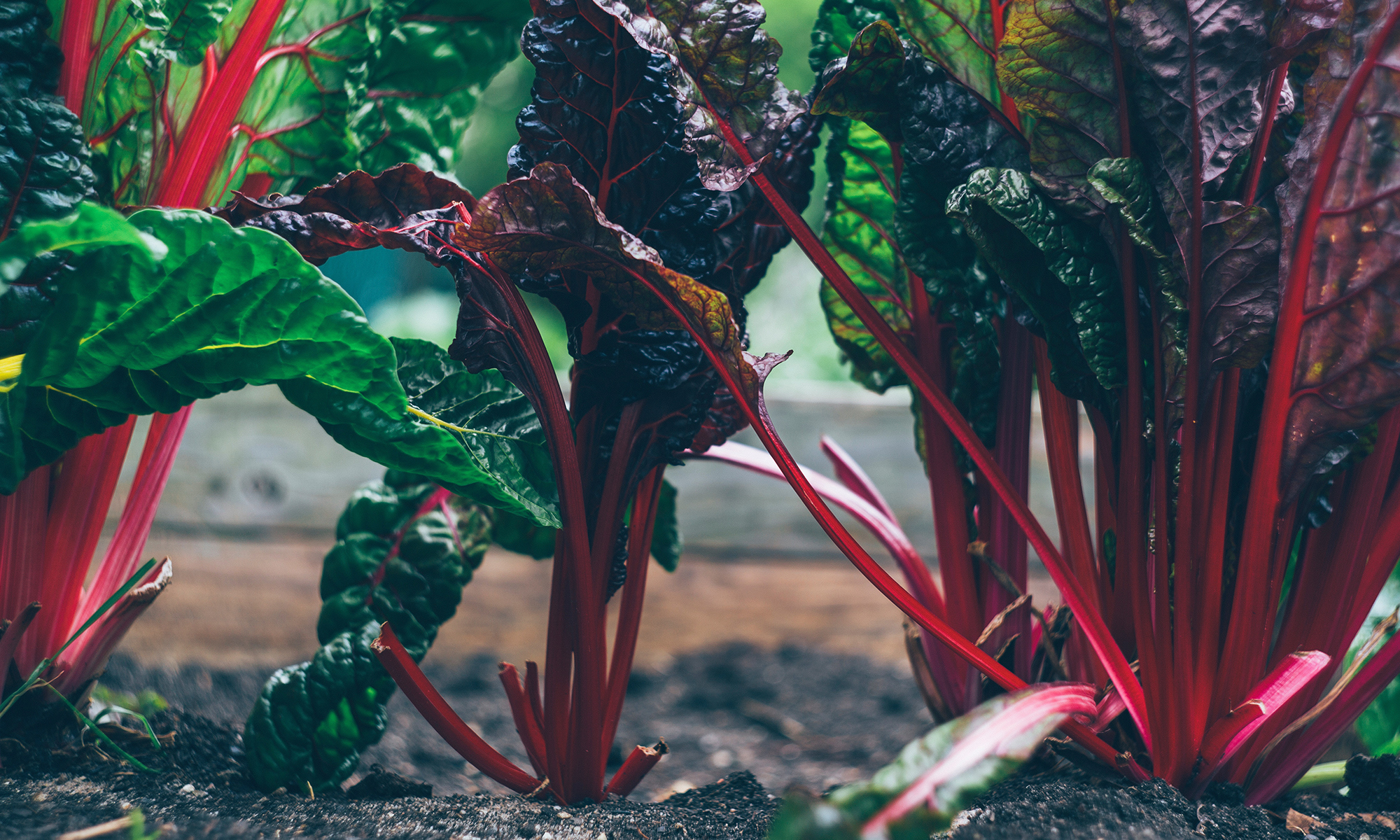I’m a salt-head. I’ll take a salty snack over a sweet snack any day of the week. Every once in a while, I crave a sweet or I’ll peruse a dessert menu. There’s little rhyme or reason to what I like, but it’s never nutty and it’s usually pie or cake. No overly sweet confections for me. Except when it comes to cupcakes.
Whole Foods came out with a line of sweets, “Two Bites.” Two bite cupcakes, two bite brownies… you get the idea. For me, the chocolate cupcakes were the perfect little treat: just enough sweet to finish off a meal. The cake was moist and light with a creamy, chocolate butter-cream frosting. For a while, I was buying a 12-pack a week. But then they ran into production issues and the cupcakes were consistently stale. Sadly, I had to give them up.
Kick-Ass Cupcakes recently opened in Davis Square, and soon received a “Best of Boston” award and Boston’s Best from the Improper Bostonian. I tried desperately to avoid the place, knowing full well that if I found a suitable replacement for the Whole Foods cupcakes, I was in big trouble.
Last week, temptation got the best of me, and I went in. They have an astonishing variety of cupcakes… traditional variations of vanilla and chocolate cake and/or icing, mojito cupcakes (soaked with rum and mint), lemon, cinnamon, and a rotating list of specialty flavors. They also have twice-bake cupcakes dipped in chocolate and sprinkled with m&m’s – a variation on biscotti?
For the first round, I opted for the vanilla cake with chocolate frosting. The frosting, supposedly butter-cream, was too dense and too rich, and the chocolate too dark. The ratio of frosting to cake was good, but since I didn’t like the frosting, it didn’t matter. To shake it up in round two, I opted for the chocolate cake with vanilla frosting. The frosting was indeed buttercream, but the texture was grainy and I couldn’t taste the vanilla nor the butter. The cake was dry and crumbly. By this point, my head and stomach hurt from all the sugar. Perhaps the mojito cupcake would have been better – a better textured cake from the rum soak, and a refreshing minty icing. My guess is that the twice baked cupcakes were the batch that accidently got overcooked. I will never know. At $2.75 for a modestly sized cupcake (read: small), it’s not worth the experimentation.
